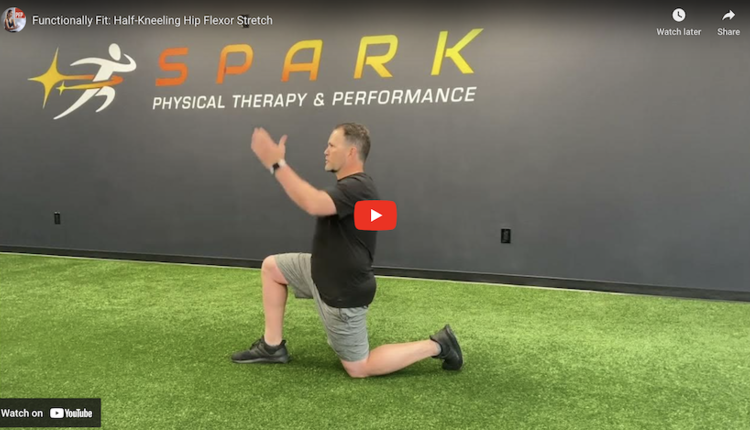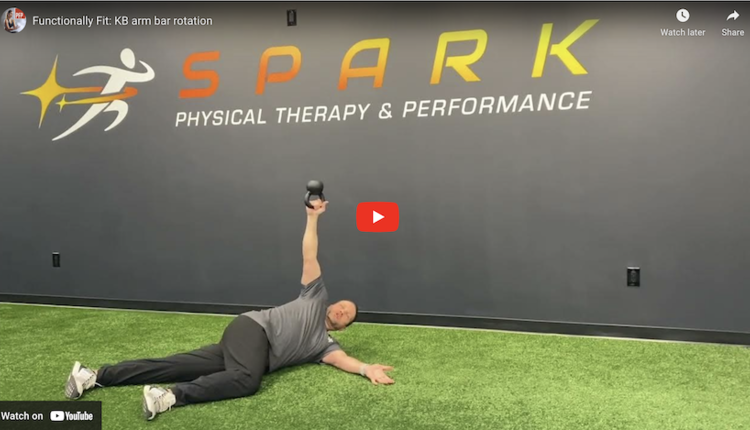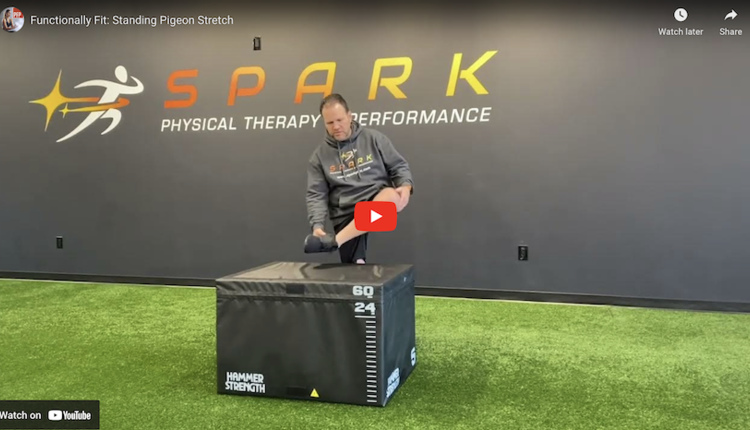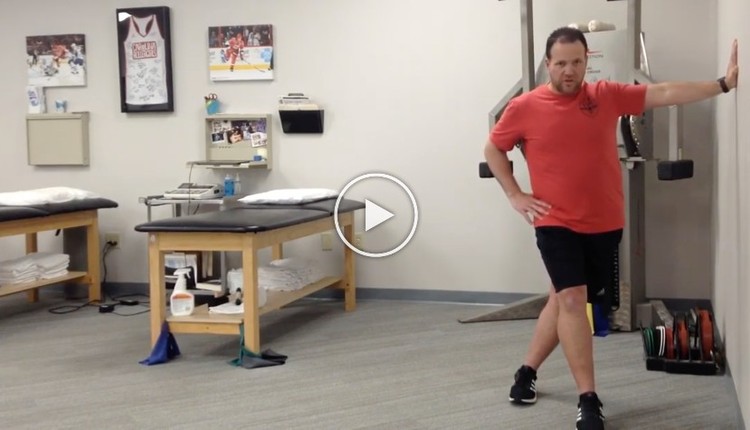Bridging is a common exercise used in fitness and rehab. It is very effective for targeting the gluteus maximus and medium muscle groups. But, aside from hip extension, bridging is very effective for assessing pelvic control or lack thereof. Weakness in the external rotators will lead to a loss of alignment, and more specifically gluteus medius weakness can predispose clients to anterior knee pain, ITB syndrome and increased valgus collapse.
To address weakness in the posterior chain and activate the hip external rotators, I like to utilize weighted flute bridges. According to original research by Bishop et al. published in the International Journal of Physical Therapy in 2018, bridging with resistance ranks #4 in terms of exercises in the gluteal-to-TFL muscle activation (GTA) index. Choosing exercises that minimize TFL activation while maximizing Gmed and Gmax activation is in the best interests of our clients. The Axle Barbell by Power Systems is the perfect training tool to facilitate bridging with resistance. It allows for incremental loading of weighted plates.

Execution: Place the desired amount of weight on the Axle barbell. Position a foam pad on the hips where the barbell will rest during the bridge and slide the lower body under the barbell. Grasp the barbell with both hands (outside of the portion resting on the hips) to ensure the bar stays in place and flex the knees to 90 degrees. Prior to bridging, cue the client to tighten the abdominal and pelvic floor muscles to maintain a neutral spine position.
Next, press down through the heels and lift the hips into full extension achieving a table top position. Pause at the top for 1-2 seconds, and then slowly lower down to the start position lightly touching the floor and repeat. The core activation (isometric hold) should be maintained throughout. Perform 1-3 sets of 6-12 repetitions using a cadence of 1/1/2 or 1/2/2. To increase difficulty, add more resistance and/or increase the cadence.
Application: This is an excellent exercise to address hip, core and pelvic weakness. The ability to control and resist pelvic drop and undesirable hip internal rotation should be a training goal for clients and athletes affected by knee dysfunction and/or hip weakness with poor core/pelvic stability. Specifically, I utilize this exercise for clients struggling with patellofemoral pain, IT band syndrome, knee/hip overuse symptoms, ACL rehab, and patellar malalignment and maltracking.
This bridging exercise is also effective in enhancing athletic performance as the weighted bridge promotes hip extensor strength and power, which is beneficial in terms of running, jumping and acceleration. As such, some may opt to perform the concentric phase in a more explosive manner if seeking to improve power specifically. In this case, use a higher load with a range of 3-5 reps.
Reference: Bishop et al. Electromyographic analysis of gluteus maximus, gluteus medius, and tensor fascia latae during therapeutic exercises with and without resistance. Int J Sports Phys Ther. 2018 Aug; 13(4): 668–675.





















